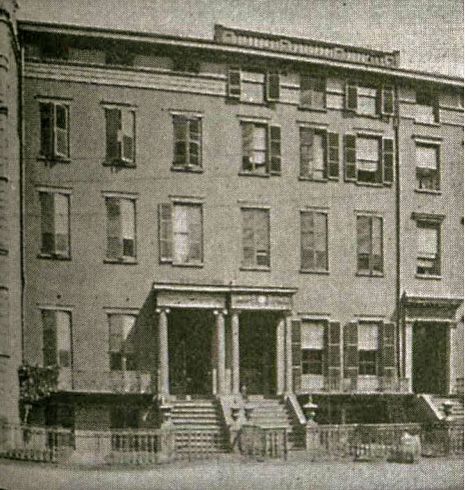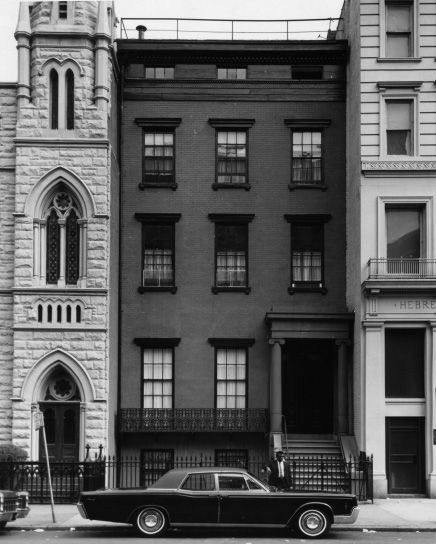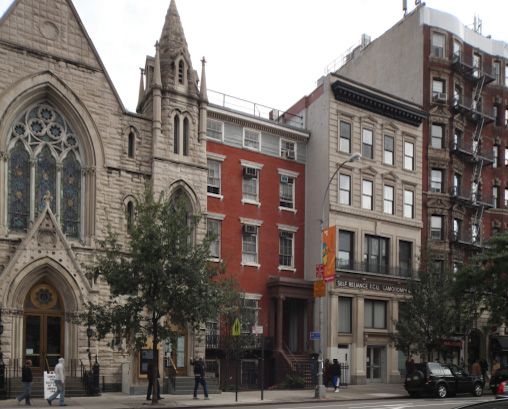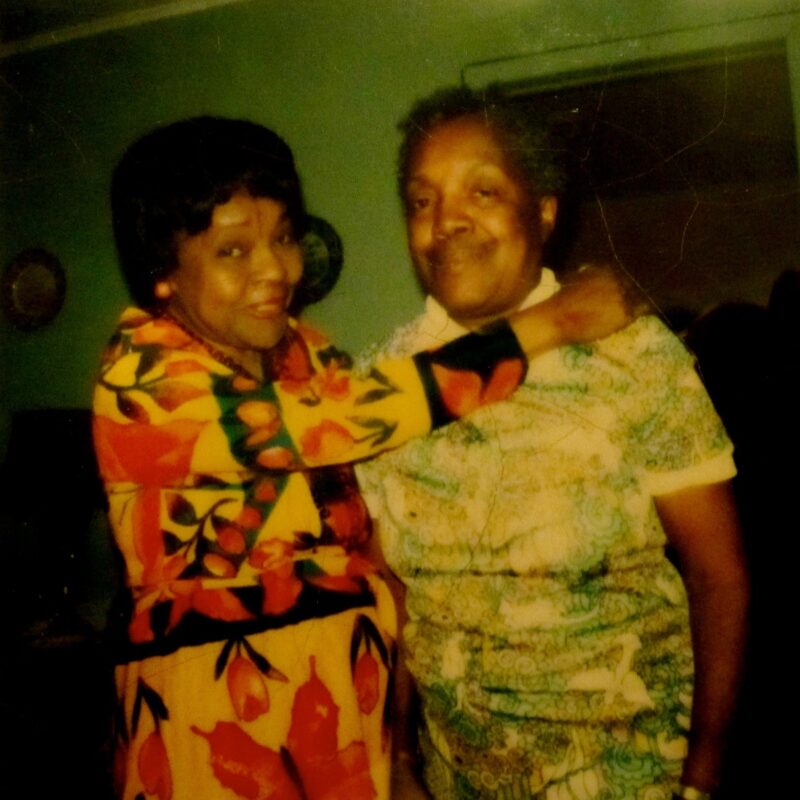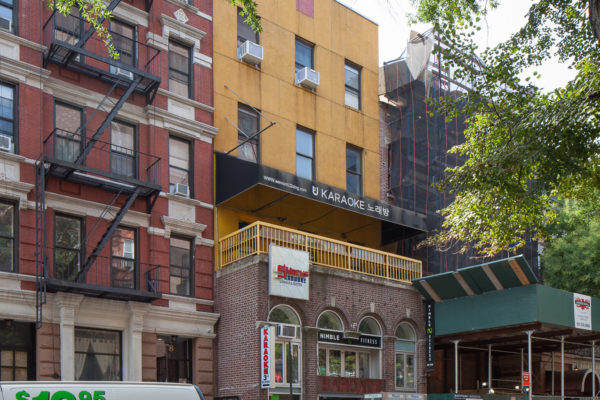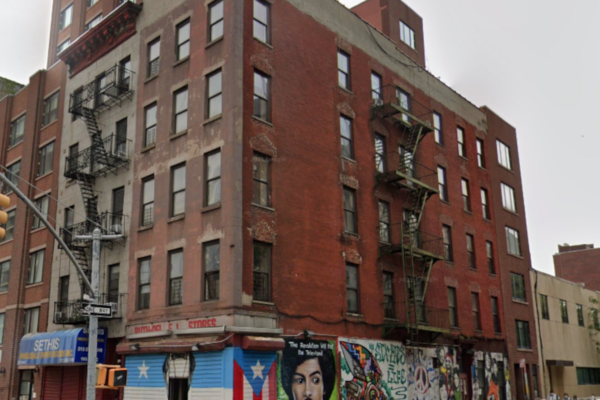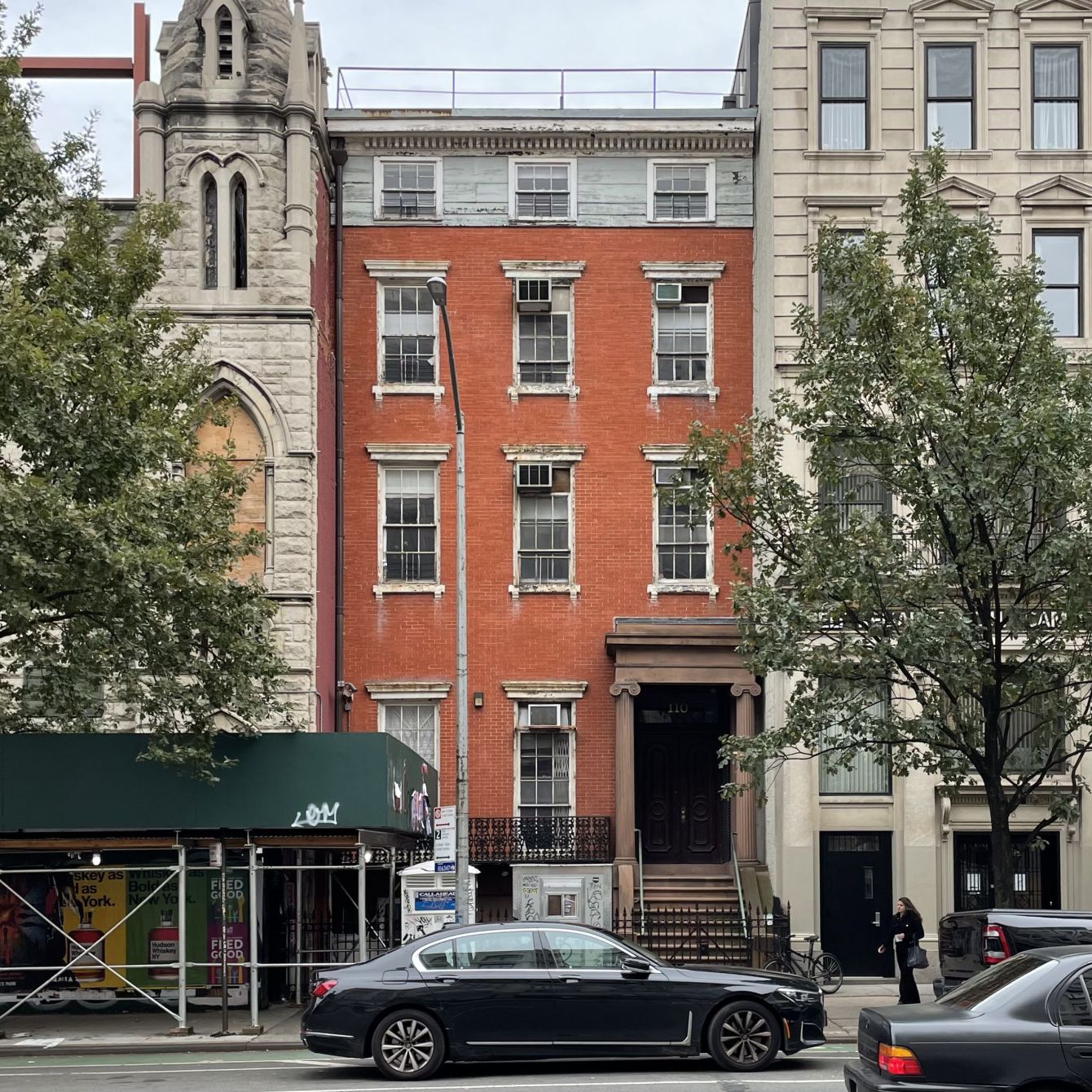
Isaac T. Hopper Home of the Women’s Prison Association
overview
In 1874, the Women’s Prison Association (WPA), responsible for many notable reform accomplishments for imprisoned women, opened the Isaac T. Hopper Home in this rowhouse, which is considered the world’s oldest halfway house for girls and women released from prison.
The WPA’s social worker case files, especially in the 1930s and 1940s, explicitly reveal that residents of the Hopper Home included working-class Black and white lesbians and transmasculine individuals.
On the Map
VIEW The Full MapHistory
The Isaac T. Hopper Home has continuously served the mission of the Women’s Prison Association since 1874. This organization had been established in 1845 as the Female Department of the Prison Association of New York, which had been formed in response to the crowded prison conditions that were one result of the city’s vast increase in population. Integral in the creation of both the Prison Association and the Female Department was Isaac Tatem Hopper, a Quaker abolitionist and one of the nation’s leading advocates of prison reform. His daughter, Abigail Hopper Gibbons, was also instrumental in the latter.
Philadelphia Quakers had been the first in the U.S., in the 1820s, to consider the question of imprisoned women. The pioneering women who founded and led the Department questioned the prevailing attitudes toward women in prison. At the time, women who committed crimes and “fallen women” were considered outcasts and beyond redemption, though many were simply immigrants and the working poor. In 1845, they opened a halfway house. The Department separated from the Prison Association in 1853 and was chartered in 1854 as the Women’s Prison Association of New York (WPA). The Isaac T. Hopper Home moved into this house in 1874, and today it is considered the world’s oldest halfway house for girls and women released from prison. To date, there has not been research on lesbians working at or staying at the Home in the 19th century.
WPA was crucial in many notable reforms that improved the lives of incarcerated women, which included lesbians and transmasculine individuals: the introduction of matrons in police stations (1888); placement of the first female superintendent in New York’s House of Detention (1888); the creation of separate prison facilities for women, who had previously been placed in the same cells with men (1892); a probation system for women (1900); construction of a separate state prison for women at Bedford Hills (1902); industrial training and alcoholism programs for women (1907); and starting street patrols conducted by policewomen (1922).
In The Women’s House of Detention: A Queer History of a Forgotten Prison (2022), author Hugh Ryan notes that the Hopper Home was a temporary residence for women who had been incarcerated at the Women’s House of Detention (demolished) in Greenwich Village, where the WPA funded psychological services. The House of D, as it was also called, was well known to working-class lesbians and transmasculine individuals who faced routine police raids at lesbian bars in the area. Bar patrons could be arrested simply for being homosexual, dancing with same-sex partners, wearing clothes that were not considered feminine, and other so-called offenses.
Extensive case files that were kept by social workers at the WPA, especially in the 1930s and 1940s, provide rare documentation into the lives of incarcerated Black and white working-class lesbians and transmasculine people. Despite WPA’s pioneering role for imprisoned women, some experienced racism and homophobia here. Several residents of the Hopper Home, as well as their stories, are mentioned in Ryan’s book. In one example, he notes that Renee S., a Black teenager, was one of the first “completely out lesbians” to live at the Hopper Home, in 1949, leading some girls to make fun of her sexuality. To avoid future issues, the director of the WPA moved her into a Salvation Army shelter where she had to pay her own way.
Entry by Jay Shockley, project director, and Amanda Davis, project manager (November 2022).
NOTE: Names above in bold indicate LGBT people.
Building Information
- Architect or Builder: unknown
- Year Built: c. 1837-38
Sources
Jay Shockley, Ralph and Ann E. Van Wyck Mead House (later Isaac T. Hopper Home of the Women’s Prison Association) Designation Report (New York: Landmarks Preservation Commission, 2009).
Hugh Ryan, The Women’s House of Detention: A Queer History of a Forgotten Prison (New York: Bold Type Books, 2022), 84, 92-93, 108, 112, 145, 148, 150-152, 197-198, 202-203.
Do you have more information about this site?
This project is enriched by your participation! Do you have your own images of this site? Or a story to share? Would you like to suggest a different historic site?
